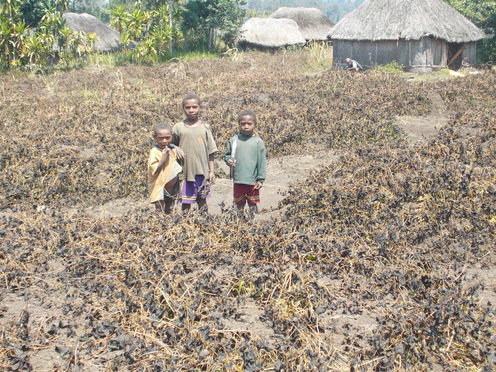This post is part of a series on the 2015 United Nations Climate Change Conference (COP21) held in Paris, France, from 30 November to 12 December 2015. Part 2 can be found here. For the latest on the Gallatin professors’ initiatives, be sure to follow Global Design NYU on Twitter.
NYU’s Gallatin Professors Stake Out a New Initiative
Climate change effects pose drastic challenges to the architecture, landscape architecture, and urban design communities. The immediate response has been a turn toward a host of energy-saving technologies or behavior modifications. What has rarely been addressed, however, is the problem of scale. How can the designer ensure that global solutions do not come at the expense of local traditions, cultures, and environments? By placing human coherent, emotional, technological, and social needs at the center of our environmental concerns, we propose a new Global Design initiative.
Read More “There Is No Planet B: A Message from NYU’s Gallatin Global Design Professors – Part 1”
